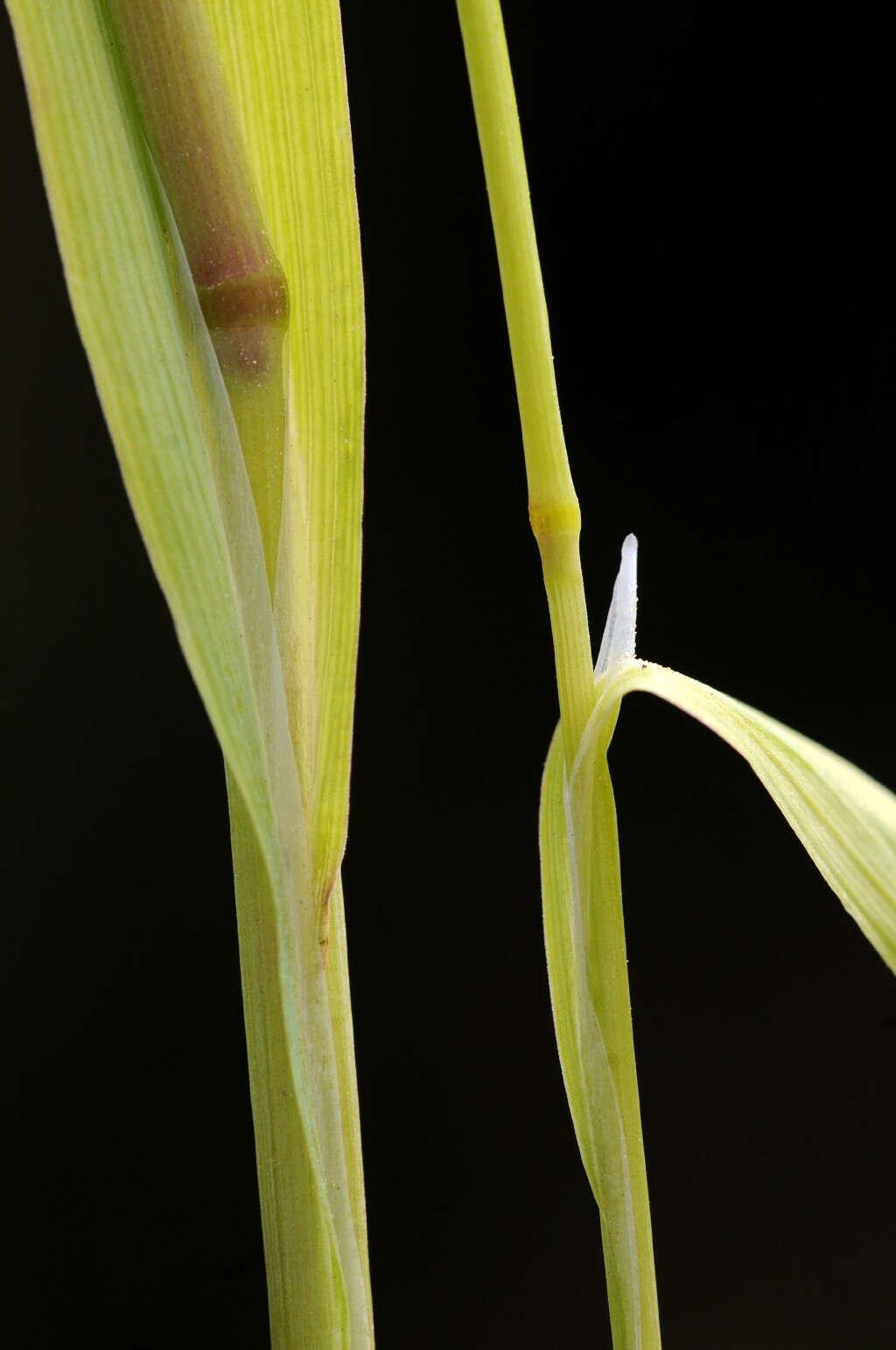Briza minor
L. Lesser Quaking GrassTufted annual to 60 cm high. Leaves glabrous; blade to 14 cm long and 10 mm wide, finely scabrous along margins and upper surface; ligule 2–6 mm long, blunt. Inflorescence an open, ovoid panicle. Spikelets 4–8-flowered, drooping, plump, triangular, broadly ovate to almost circular, 3–5 mm long and wide, shining; glumes 3–5-nerved, subequal, 2–3.5 mm long, firm, widely spreading, dorsally rounded, glabrous; lemmas resembling glumes, often described as glabrous but at least in some specimens the firmer central portion of the lemma bearing inflated, readily caducous hairs; palea c. two-thirds as long as lemma, the back of the palea in some specimens observed with readily-deciduous inflated hairs. Flowers Aug.–Dec.
LoM, MuM, Wim, GleP, Brid, VVP, VRiv, RobP, MuF, GipP, OtP, WaP, Gold, CVU, GGr, DunT, NIS, EGL, EGU, WPro, HSF, HNF, OtR, Strz, MonT, VAlp. Naturalised in all States except NT, also widely in warmer temperate countries. Native to the Mediterranean region. Occurs in similar habitats to (and often with) Briza maxima, extending further into the semiarid areas of north-west and into the subalps.
Walsh, N.G. (1994). Poaceae. In: Walsh, N.G.; Entwisle, T.J., Flora of Victoria Vol. 2, Ferns and Allied Plants, Conifers and Monocotyledons, pp. 356–627. Inkata Press, Melbourne.
 Spinning
Spinning




